This page offers a static version of results from your Disrupting Racism assessment. If you wish to change your responses or add others, you will need to retake the assessment.
Take the assessment againThe map below visualizes how you have assessed your organization in each impact area. It is meant to help you consider how your organization prioritizes and lives into these impact areas. This can help you identify assets, spot growth areas and consider where you may benefit from support. As you review your results, you can continue to review and adjust your responses.
Click on the circles on the map or in the list to review that card and the assessment questions.
The top and bottom quadrants show alignment between importance to your organization and your strength in it. Areas that show up in the right or left quadrant reveal a mismatch worth considering more deeply.
Click on the circles on the map or in the list to review that card and the assessment questions.
The top and bottom quadrants show alignment between importance to your organization and your strength in it. Areas that show up in the right or left quadrant reveal a mismatch worth considering more deeply.
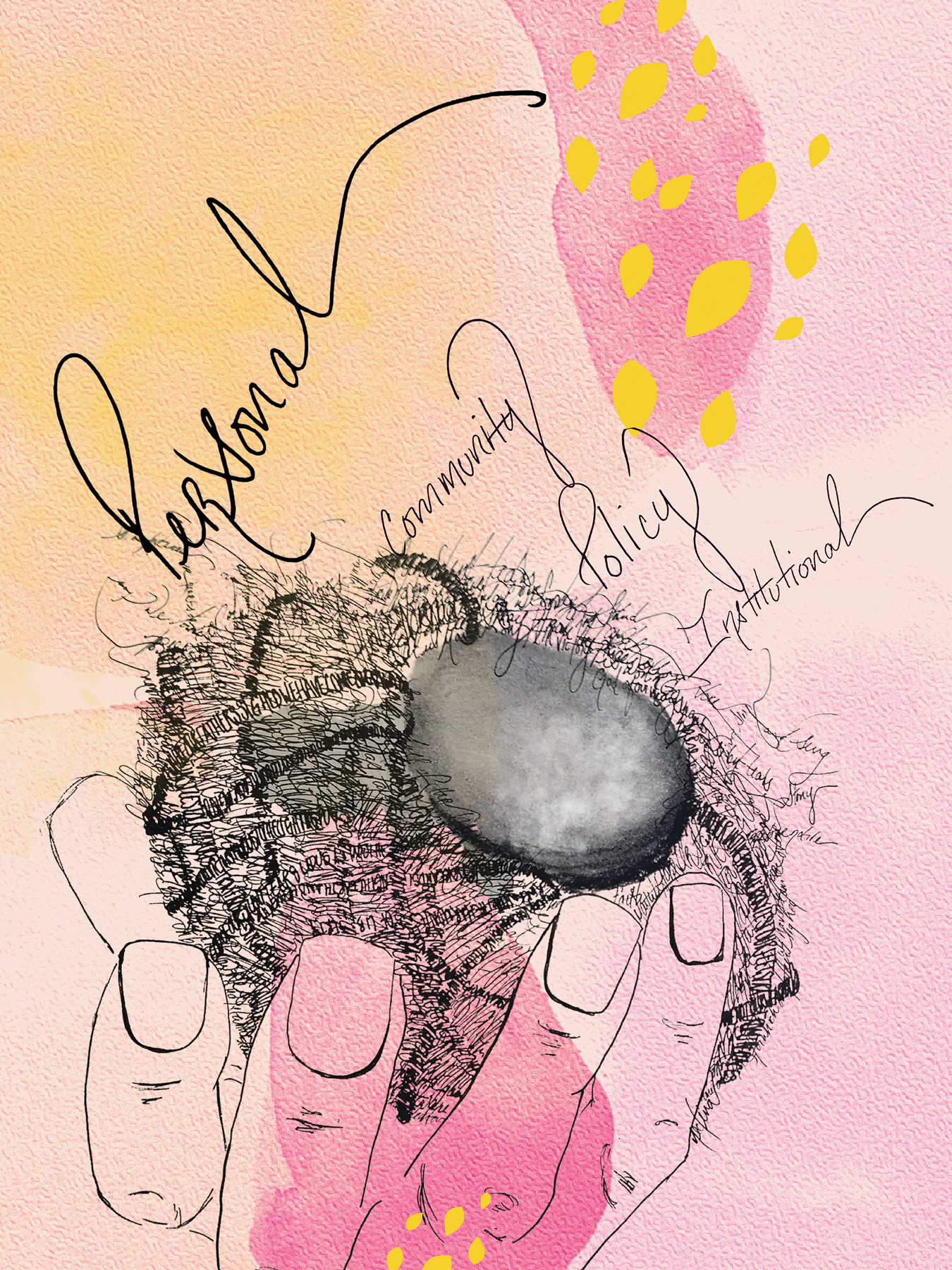
© Meclina Gomes Priestley
Weaponized fatigue
At the personal level, racism takes the form of intense, deeply felt, continual dysregulation from living the impacts of policy, institutional and community racism. It is the existential drag on mental and emotional energy from being made to represent one's race. When this kind of racism is at its most effective, it can mean destruction of hope.
Weaponized fatigue can look like:
“This is where fatigue sets in, dreams die and the work doesn't move forward. Fatigue is a barrier to change.” —Design team member
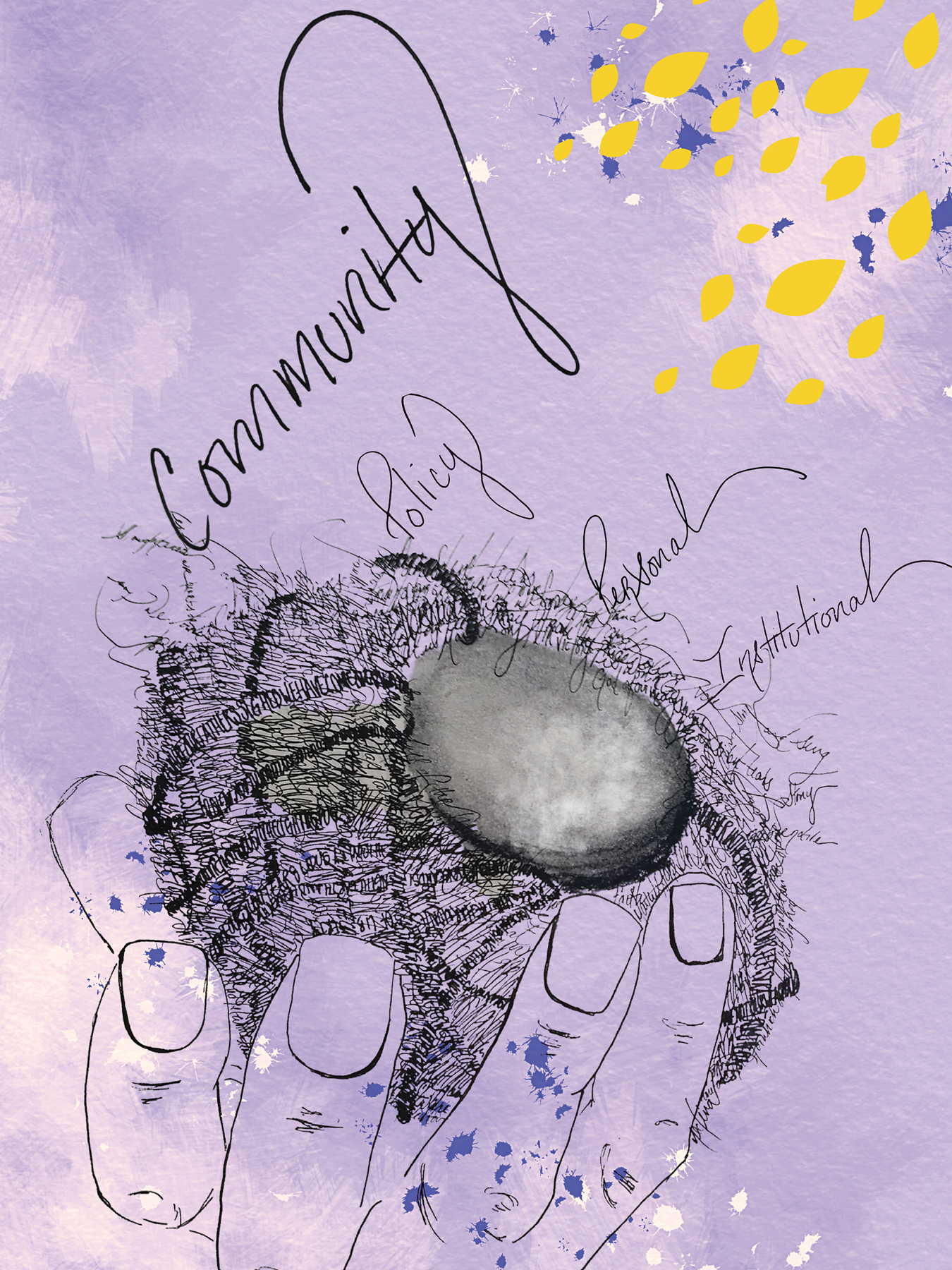
© Meclina Gomes Priestley
Weaponized stereotypes
At the community level, the impacts of racism are felt in how the lives of people of color are portrayed by mainstream media and other public narratives. The behaviors of individuals are used to paint broad-stroke pictures of whole communities. One story stands in for the whole. Negative generalizations speak louder than a community’s strengths and are a deterrent to the building of strong community networks. The positive, generative and transformative stories are either left for communities of color to tell themselves, quietly without a bullhorn or stage, or simply erased.
Weaponized stereotypes can look like:
“Stereotypes like 'superpredators' have been used to drive harmful policies for decades.” —Design team member
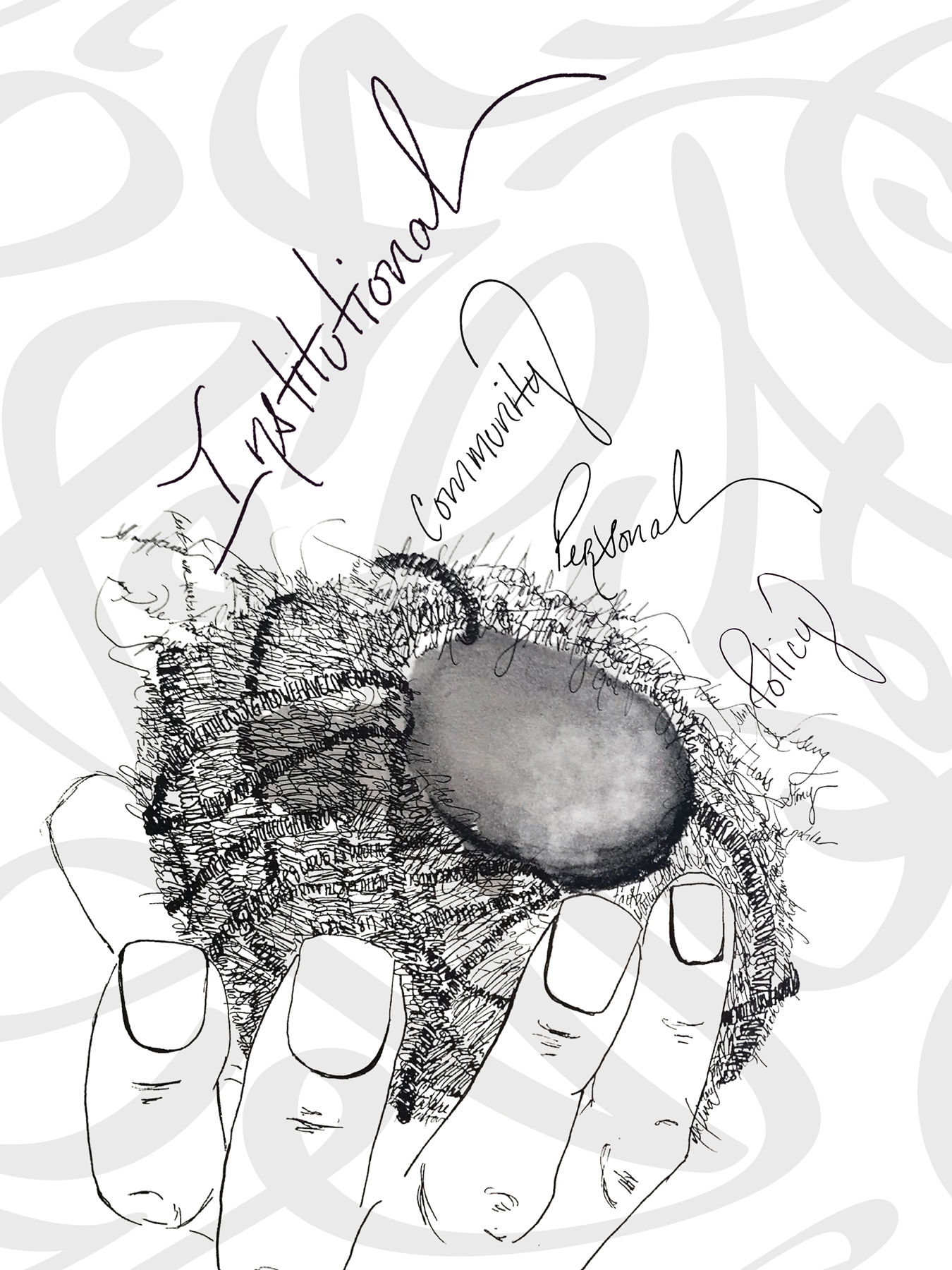
© Meclina Gomes Priestley
Weaponized culture
At the institutional level, racism takes the form of dominant cultures and norms that perpetuate white supremacist ways of operating. These norms often reflect an emphasis on individualism, the belief that it’s up to each person to thrive—or fail. To gain power in institutions, we balance the need to assimilate to survive and the desire to disrupt the system we are working to navigate.
Weaponized culture can look like:
“Impact investment funds focus on Black and Brown founders, but with investments that reflect the same extractive venture capital structures that folks have historically been left out of.” – Design team member
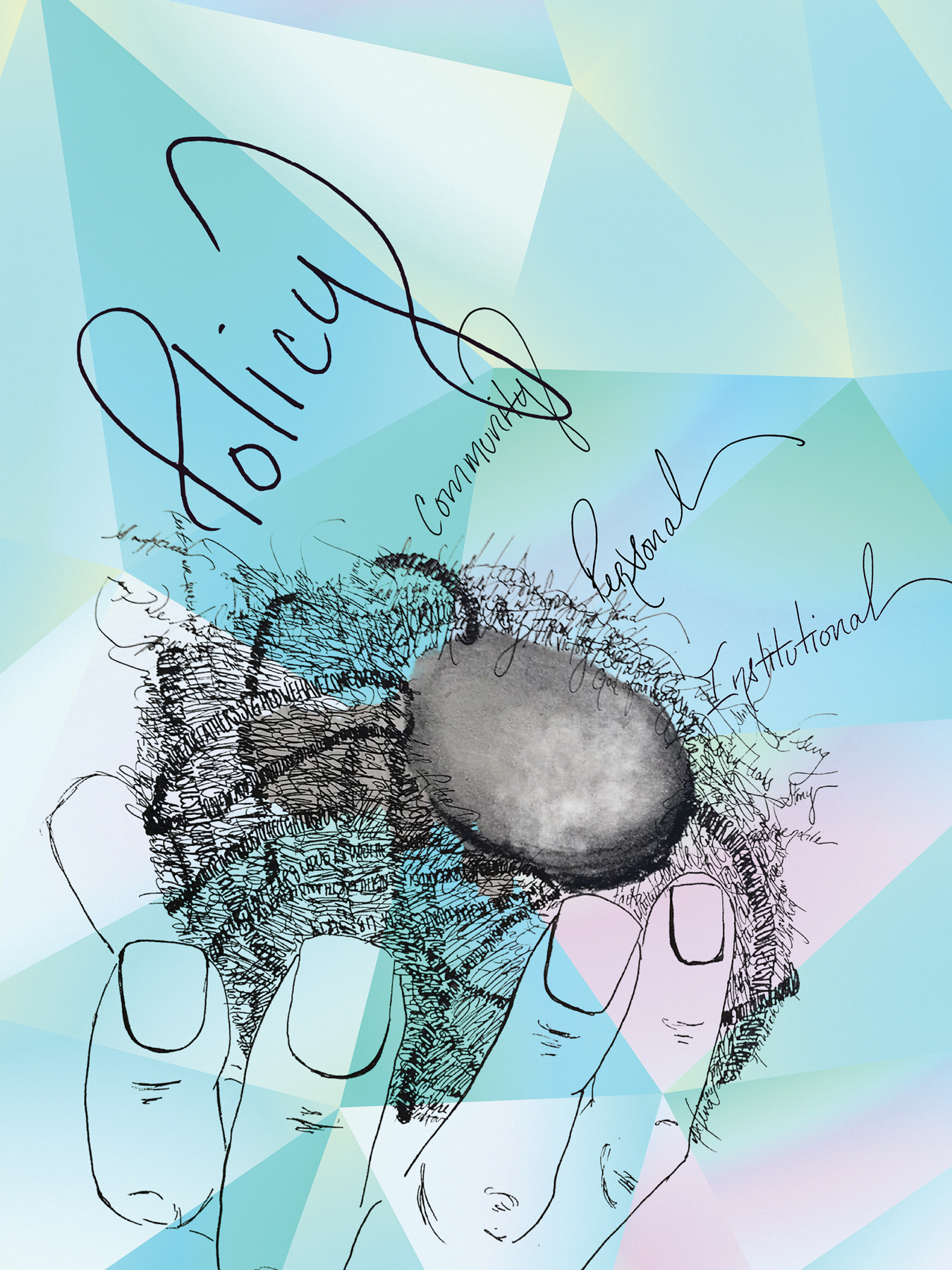
© Meclina Gomes Priestley
Weaponized opacity
At the policy level, racism takes the form of deliberate hiding of information. Systems obscure information, operate behind closed doors and make decisions based on an echo chamber of voices—the voices who are in the rooms of power and decision-making. Because information is held tightly, there are few paths for true accountability or equitable and diverse participation.
Weaponized opacity can look like:
“Policy materials are written in legalese, creating barriers to access for people and practitioners without fluency in policy language.” —Design team member

© Rob 'Problak' Gibbs
Shared narratives counter the harmful narratives about people and communities of color that underpin racist policies, structures and practices. Our shared narratives allow us to be more than a monolith. They shift who is telling the story and bring many voices to the table.
For example:
The Front Porch Collective uplifts culture. It is actively working to change dominant narratives. It does so by seeking out workers of the diaspora to make and inform all decisions—on stage, in the boardroom and in the office. It makes and executes decisions side-by-side, as small as what stapler is purchased and as large as how to use sound with intention in performance.
Examples:
This tool provides donors with the opportunity to better understand how to connect and interact with community.
This series provides insights about the experiences of Black people in L.A. From microaggressions at work to gentrification to a police stop, the series tackles several issues. It also highlights several BIPOC-owned and operated businesses.
This series provides insights about the experiences of BIPOC + queer people, from representation on television to the homophobia in the Black community.
A collaborative aimed at centering narratives of community members.
This series focuses on the lived experiences of non-binary, trans, and queer people. From family relationships to gender identity, the series is another example of amplifying voices and creating multiple narratives.

© Rob 'Problak' Gibbs
Reclaiming time and space to make narratives
Shared narratives impact the personal by taking back time for storytelling, connecting us to abundance through the creative. When we reclaim the time spent navigating systems built to oppress us for making our own narratives, we resist and hope at the same time. We tell stories in the languages and forms of many cultures; tales don’t always have a beginning, middle and end.
This can look like:
Consider:
Is this an area of priority for you?
How important to your organization is reclaiming time and space to make narratives?
How strong is your organization at reclaiming time and space to make narratives?
Examples:
Akwaeke Emezi is a multidisciplinary artist and writer based in liminal spaces. Emezi's practice is deeply rooted in the metaphysics of Black spirit, using the lens of indigenous ontologies to focus on embodiment, ritual, and rememory.
A platform and set of resources aimed at providing women with tools to be financially independent.

© Rob 'Problak' Gibbs
Deepening connectedness
Shared narratives impact communities by creating pathways for connection. Our stories bring people together and highlight that we are interconnected in our work and being. Our communities are the protagonists of our stories.
This can look like:
Consider:
Is this an area of priority for you?
How important to your organization is deepening connectedness?
How strong is your organization at deepening connectedness?
Examples:
A group focused on rest and the power of rest for BIPOC people.
Alexx draws on the mediums of visual poetry, installation, movement arts, photography, and public practice. Her work asks, "How might we heal our disconnection from ourselves, our bodies, each other, our ancestors, the earth, and the Divine?"
A space and place that honors community through the arts and purposeful convenings.
An app and now actual space for intimate conversations.

© Rob 'Problak' Gibbs
Collectively building visions of liberation and success
Shared narratives impact institutions by shifting culture. These stories paint alternative pictures of what could be, should be and is. They are constructed collectively, not held by one person alone, and put people of color at the heart of liberated futures. Our shared narratives celebrate successes and share joy.
This can look like:
Consider:
Is this an area of priority for you?
How important to your organization is collectively building visions of liberation and success?
How strong is your organization at collectively building visions of liberation and success?
Examples:
Design group focused on community storytelling, including that of redlining across communities in the United States.
An interdisciplinary artist whose work centers Black innovation.

© Rob 'Problak' Gibbs
Amplifying hidden narratives of structural flaws
Shared narratives impact policy by bringing to life complex, deep stories about the structural flaws alive in policy. These are stories told by voices not usually heard by those in power. They highlight an undervalued type of expertise—lived experience.
This can look like:
Consider:
Is this an area of priority for you?
How important to your organization is amplifying hidden narratives of structural flaws?
How strong is your organization at amplifying hidden narratives of structural flaws?
Examples:
EJI is a private, 501(c)(3) nonprofit organization that provides legal representation to people who have been illegally convicted, unfairly sentenced, or abused in state jails and prisons.
This design company helps to tell stories. They were the lead designer of EJI, Black Wall Street, and many others.
Founder of EJI and fierce advocate focused on ending mass incarceration and amplifying stories that would otherwise go untold.
Design group focused on community storytelling, including that of redlining across communities in the United States.
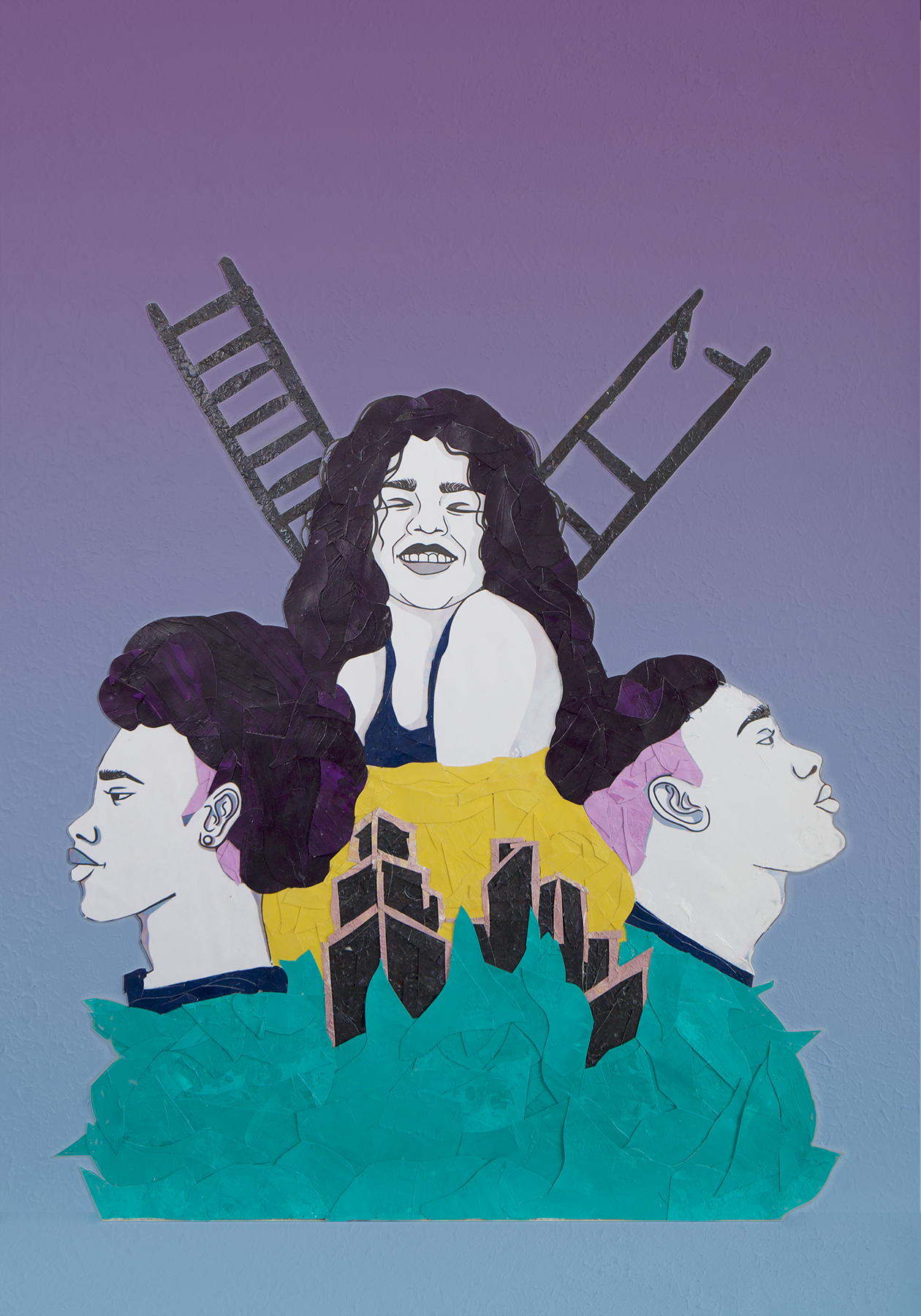
© Marquis Victor x Nicole Garcia | Elevated Thought
Transparency and accountability make visible the effects of systemic racism. Lack of system visibility is not a passive act, but an active form of oppression and protection of existing systems. By using transparency to drive accountability, we make evident how systems are built to harm people of color and protect privilege.
For example:
Citizens for Juvenile Justice uses data accessibility as one of its tools for advocacy. CJJ drives transparency in the criminal legal system by uncovering and connecting data points to reveal inequities. Accurate data about the experience of young people in the system is not readily available. CJJ fights to access data, analyzes it and makes it available to all.
Examples:
Founder of EJI and fierce advocate focused on ending mass incarceration and amplifying stories that would otherwise go untold.
An organization on the front lines fighting for justice and focusing on police accountability and criminal justice reform.
A tool that captures and reports data about police violence across the United States.
Design group focused on community storytelling, including that of redlining across communities in the United States.

© Marquis Victor x Nicole Garcia | Elevated Thought
Making clear how the system works
Transparency and accountability allow for the clarity needed to navigate and resist opaque, oppressive systems. By making individual rights and system responsibilities explicit, individuals are empowered to hold systems accountable.
This can look like:
Consider:
Is this an area of priority for you?
How important to your organization is making clear how the system works?
How strong is your organization at making clear how the system works?
Examples:
A platform with many instructional videos that provide access to other ways of learning and move us away from a focus and overreliance on the written word, which can sometimes make things opaque and inaccessible.
Another way to access knowledge and information while moving away from an overreliance on the written word.
A social media account that makes legalese accessible.
A platform and set of resources aimed at providing women with tools to be financially independent.

© Marquis Victor x Nicole Garcia | Elevated Thought
Broadening definitions of data
Transparency and accountability impact communities by changing what types of information are valued as data. Alternative definitions of data recenter outcomes on what communities see as assets and where explicit deficits are evident. Community voices, stories and expertise are understood to be as meaningful as charts and graphs of output data.
This can look like:
Consider:
Is this an area of priority for you?
How important to your organization is broadening definitions of data?
How strong is your organization at broadening definitions of data?
Examples:
A museum focused on recounting the layered stories of indigenous and native people in the United States.
A series focused on telling stories rooted in true stories that underpin the "isms."
A social media account focused on challenging perceptions especially about race, gender and oppression.
Design approaches that center those who are normally marginalized by design.
Design approaches that center those who are normally marginalized by design.

© Marquis Victor x Nicole Garcia | Elevated Thought
Sharing data to drive accountability
Transparency and accountability impact institutions by holding up a mirror. Data sharing reveals how institutional practices and norms come to life on the ground. By making the invisible visible, institutions become accountable for the impact of these cultural elements.
This can look like:
Consider:
Is this an area of priority for you?
How important to your organization is sharing data to drive accountability?
How strong is your organization at sharing data to drive accountability?
Examples:
Mike Africa Jr. tells the story of MOVE and of his father’s incarceration and ultimate release from prison as another way to share data about the experiences of his family and MOVE members in Philadelphia.
The story of Kalief Browder, a young person wrongly accused of stealing a backpack who ultimately takes his own life after spending years in prison at Rikers Island.
A documentary about the history and impact of mass incarceration.
The Innocence Project works to free the innocent, prevent wrongful convictions, and create fair, compassionate, and equitable systems of justice for everyone.

© Marquis Victor x Nicole Garcia | Elevated Thought
Making data accessible in holistic narratives
Transparency and accountability impact policy by revealing how current policies disproportionately affect people of color. We drive system accountability by making data available and clear. Weaving data into stories makes impacts more tangible.
This can look like:
Consider:
Is this an area of priority for you?
How important to your organization is making data accessible in holistic narratives?
How strong is your organization at making data accessible in holistic narratives?
Examples:
A report detailing the experience of trans people in the workplace.
This organization focuses on advocacy and visibility of LGBTQ communities.
An incubator for working class and marginalized communities to build unity across historic lines of division at home and abroad.
A community space for resources and programming.
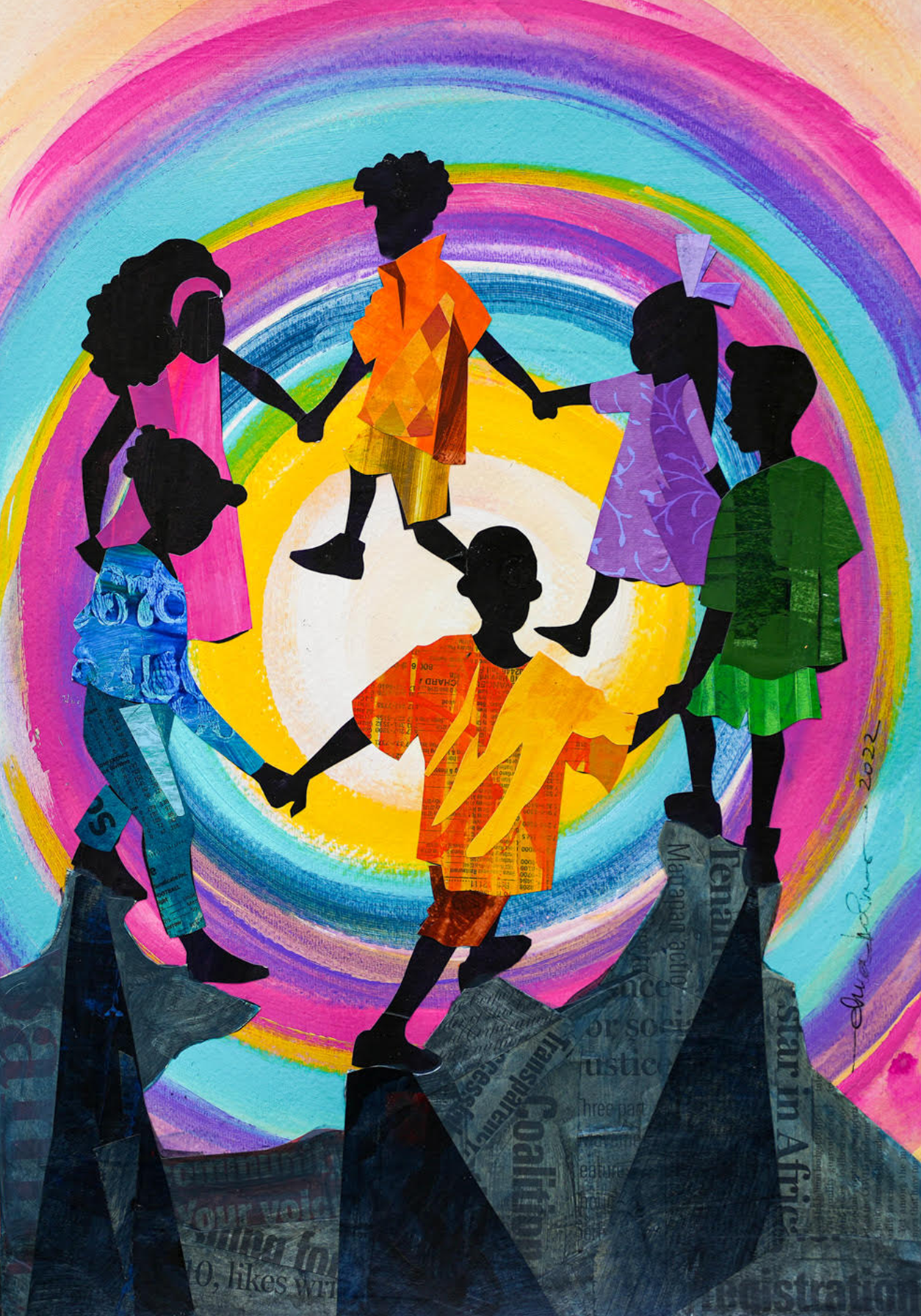
© Ekua Holmes
Empowered communities dismantle and create alternatives to existing systems by centering their own power and self-determination. They place the community at the heart of reform by co-creating solutions.
For example:
The Transformational Prison Project was built by a small group of men serving life sentences who began exploring what restorative justice means. Restorative justice offers a model of accountability focused on healing and held by the community impacted. By providing spaces where those who have been harmed and those who have done the harm can come together and engage in dialogue, TPP builds understanding of both the individual harms and the systemic harms that affect communities of color.
Examples:
An early 20th century center of economic and cultural strength, founded and developed by African Americans in Tulsa, Oklahoma.
A community garden founded by a community member focused on providing access to the community.
A book detailing The Definitive History of Racist Ideas in America.
An incubator, co-working space, and cultural hub in South Central LA, supported by the late Nipsey Hussle.

© Ekua Holmes
Delivering opportunities for individuals
Empowered communities impact individuals by providing opportunity. Access to opportunities—educational, creative, financial, and other—enable us to pursue self-actualization. When deeply grounded in self, individuals are empowered and strengthened in their work to deconstruct systems of oppression.
This can look like:
Consider:
Is this an area of priority for you?
How important to your organization is delivering opportunities for individuals?
How strong is your organization at delivering opportunities for individuals?

© Ekua Holmes
Creating systems owned by communities
Empowered communities impact racism at the community level by creating alternative structures to existing systems. When communities co-construct new models, these models are rooted in their strengths, center their power and allow the group and its members to be in community with each other.
This can look like:
Consider:
Is this an area of priority for you?
How important to your organization is creating systems owned by communities?
How strong is your organization at creating systems owned by communities?
Examples:
An experimental school that takes an antiracist lens to all things school.
A collaborative aimed at centering narratives of community members.
A philanthropy focused on funding equity work.
A television series that centers trans people, allowing them to tell their own stories.
This series focuses on the lived experiences of non-binary, trans, and queer people. From family relationships to gender identity, the series is another example of amplifying voices and creating multiple narratives.

© Ekua Holmes
Supporting communities to drive solutions
Empowered communities impact institutions by creating solutions by, with and for community members. This practice honors the self-determination of the communities they impact, rather than imposing a paternalistic view of what should be. Centering communities shifts institutions' views of good outcomes by questioning white-dominant, capitalist definitions of success.
This can look like:
Consider:
Is this an area of priority for you?
How important to your organization is supporting communities to drive solutions?
How strong is your organization at supporting communities to drive solutions?
Examples:
A set of principles for co-designing and doing work with community.
An organization focused on collaborative power and centering community.
An organization that partners with grassroots Black and Brown organizations to disrupt systemic racism.
An experimental school that takes an antiracist lens to all things school.

© Ekua Holmes
Building capacity for advocacy
Empowered communities impact policy when community members are equipped to advocate. By rethinking what advocacy looks like to meet our community members where they’re at, we’re able to harness their skills and powers in change-making.
This can look like:
Consider:
Is this an area of priority for you?
How important to your organization is building capacity for advocacy?
How strong is your organization at building capacity for advocacy?
Examples:
An organization on the front lines fighting for justice and focusing on police accountability and criminal justice reform.
A legal resource center that provides legal support to immigrants.
EJI is a private, 501(c)(3) nonprofit organization that provides legal representation to people who have been illegally convicted, unfairly sentenced, or abused in state jails and prisons.